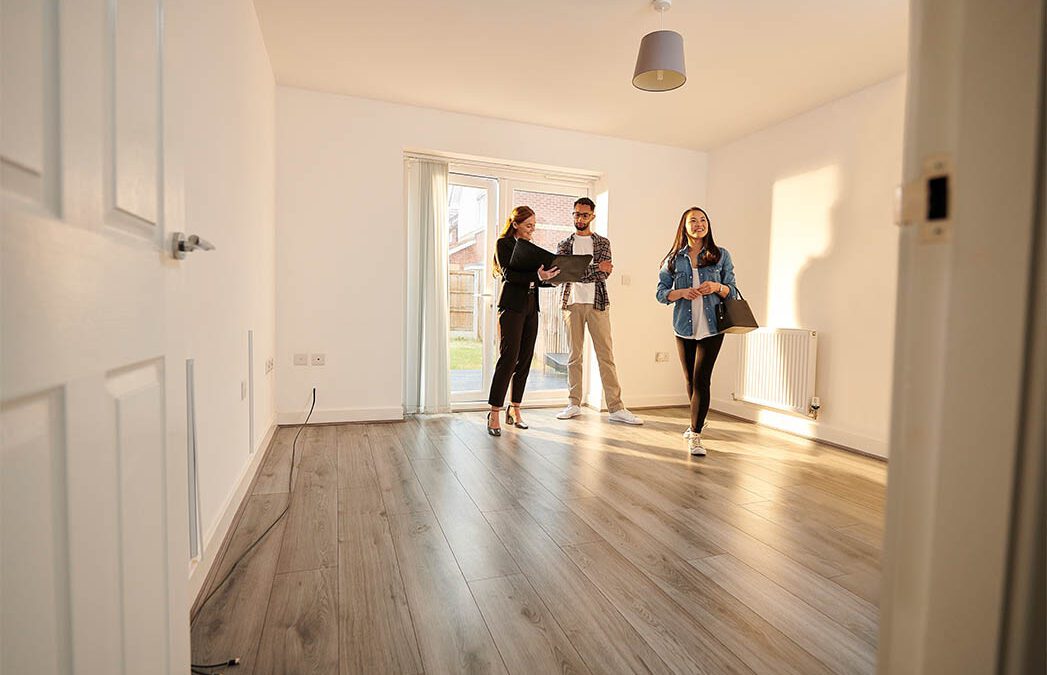The real estate boom hasn’t been kind to everyone, and many people who were saving to buy homes have found themselves unable to afford anything — even in smaller, lesser-known markets. For example, Boise, Idaho, Wichita, Kansas, and Dayton, Ohio, have seen median housing prices increase year over year by 27.7 percent, 17.7 percent, and 15.6 percent, respectively. And these cities are far from outliers.
The Wall Street Journal recently reported that in May 2021, home prices — fueled by a shortage of supply and historically low interest rates — increased by the biggest margin in more than two decades.
In the face of this challenging market, many people are being priced out of buying or deciding to wait for a market correction in the next few years. As a result, they’re opting to rent single-family homes instead of buying. To capitalize on the demand, real estate investors are turning to build-to-rent home models.
Why Should You Invest in Build-to-Rent Homes?
In the U.S., build-to-rent homes are one of the fastest-growing areas of the housing market. As people rent for longer thanks to sky-high home prices, build-to-rent single-family homes can cater to the needs of young families, remote workers, Baby Boomers who sold their properties, and more. Another big advantage of building to rent is that investors can capitalize on exactly what renters are looking for, such as more living space, outdoor entertainment areas, and smart property technology that makes life easier.
Many single-family property managers already understand the value of smart property tech, from eliminating the need to rekey locks or offering keyless entry to tracking predictive HVAC and water leak analytics that can alert people to leaks early (thus preventing expensive water damage). Despite these benefits, investors often have two main reservations when deciding whether to implement smart property tech: cost and property variance.
Smart property tech can come with an upfront cost of $500 or more, which owners must work into fixed annual budgets. In addition, properties are often created by different builders and are of varied ages, so finding technology to fit each scenario can be challenging.
With these thoughts in mind, building smart property tech into existing single-family rentals is possible. However, it requires a company to have clear goals that drive net operating income along with strong partners who can help work through the variability that will inevitably come from installing tech in existing homes. Adding smart home tech during the construction of build-to-rent single-family homes, on the other hand, simplifies the process and accelerates the NOI impact by allowing owners and property managers to better implement these tools on a quicker timeline, leading to more savings earlier on.
Although implementing smart property tech at scale might not change the use case, it accelerates the benefits you receive from amenity, operational efficiency, and asset protection value drivers.
Benefits of Adding Smart Property Technology to Build-to-Rent Homes
Not all smart property tech is created equal, however, and investors should be deliberate about installing tech that will benefit their bottom lines and make their properties more attractive to renters so they stick around. Here are some of the most promising:
- Connected thermostats: According to Energy Star, smart thermostats can save about $100 per year, and features such as remote adjustment when residents are away can push that number even higher. The HVAC analytics gathered from smart thermostats also alert people to problems early — before they cost more to repair and upset residents.
- Smart doorbells: Smart doorbells offer residents a heightened sense of safety because they can see who is at the door no matter where they are. In the age of e-commerce, smart doorbells also can monitor packages and help residents ensure that “porch pirates” don’t make off with them. This tech is useful for property managers because it allows them to keep track of contractors and maintenance personnel as they enter and exit properties.
- Smart locks: Lost keys are a major security concern, but rekeying locks every time a key goes missing can be very expensive. Smart locks make keys under the mat a habit of the past, and a variety of programmable codes allow residents and property managers to know who is coming and going and when. Smart locks also provide remote access, meaning residents and managers can use their devices to let someone into a property from anywhere.
- Smart light switches: All properties could benefit from a single smart switch at the front door. These tools can turn porch lights on from dusk to dawn or from evening to bedtime, adding an element of safety and convenience for residents. Smart switches also can be programmed to simulate occupancy, which can help to deter break-ins when occupants are away for extended periods.
- Smart life safety: Whether it’s a standard amenity or an optional add-on, adding monitored security to rental properties can provide a differentiated experience for residents who want the benefit of fire, medical, or police services being automatically dispatched in the event of an emergency. Owners will also benefit from having an additional layer of protection, especially in vacant properties, in the event of a fire or burglary.
Smart property tech offers a host of benefits to investors. When implemented strategically, it can save money, boost operational efficiencies for property managers, lower fees for owners, increase a property’s NOI, and even make the property more valuable when it’s time to sell. At a time when the need for rental properties is high, build-to-rent single-home investors can take advantage of technology to attract more renters and encourage them to stay for the long haul—even after the housing market regulates.
Sean Miller is president of PointCentral, a subsidiary of Alarm.com and the leader in enterprise property automation solutions for long- and short-term managers of single-family and multifamily rental properties.























0 Comments